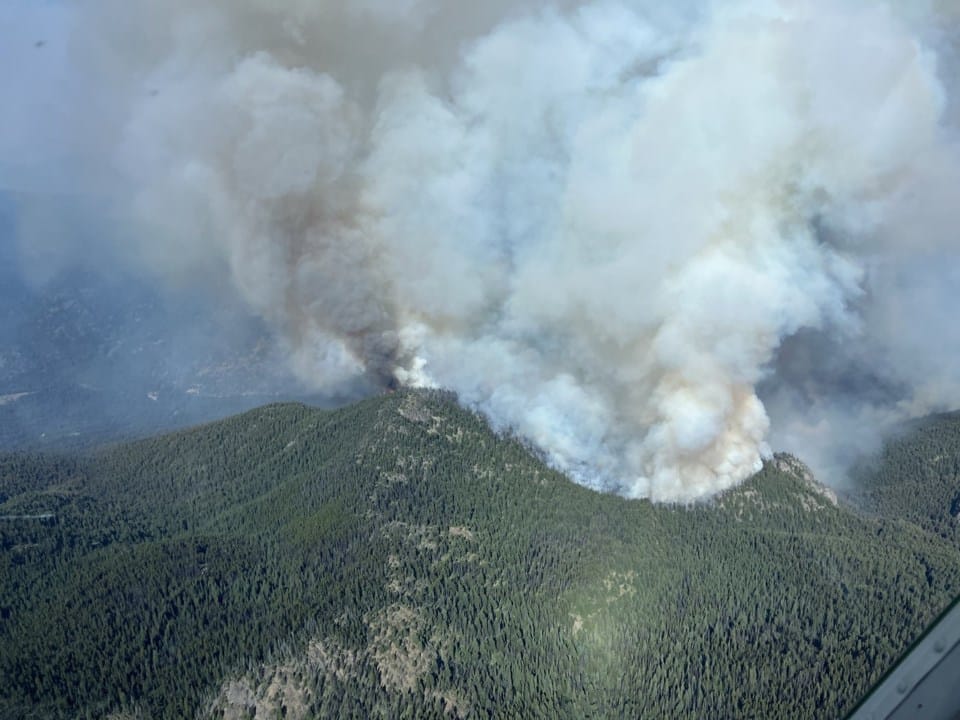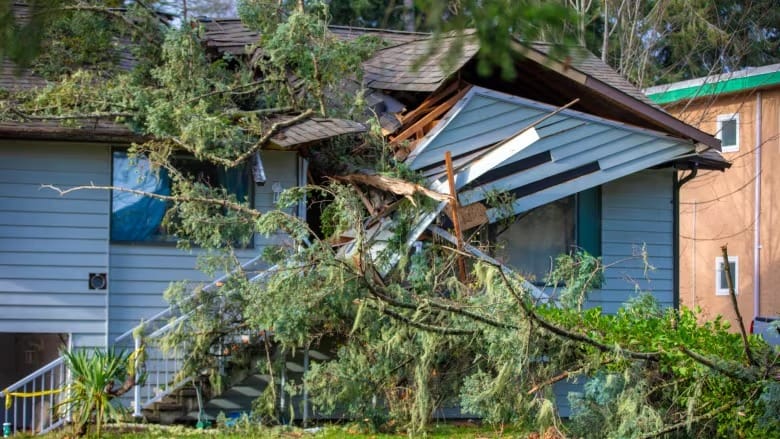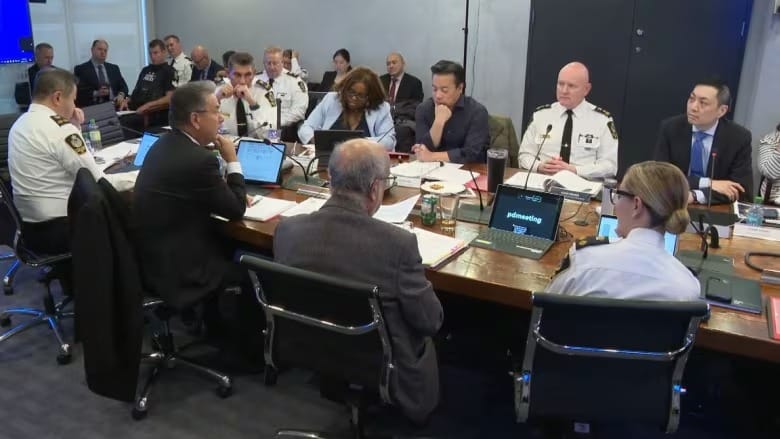Weather and luck help B.C. wildfire situation, but drought and risks persist
Though the wildfire season in B.C. this year has been less intense than last year's record destruction, drought conditions persist in many regions and the situation could worsen, Emergency Minister Bowinn Ma has warned.

Although this year’s wildfire season in B.C. has been less severe than last year’s record-breaking devastation, drought conditions persist across many regions, and the situation could deteriorate, warned Emergency Minister Bowinn Ma.
In a news conference on Wednesday, Ma reported that the province had spent $483 million on wildfire suppression this fiscal year, compared to $556 million at the same point last year.
"Our current situation, compared to last year, involves a bit of luck with the weather," Ma said. "That being said, we learned valuable lessons from the 2023 wildfire season."
While the province has so far avoided the mass evacuations seen in the Okanagan last summer, Ma cautioned that "although evacuation numbers are low and the southern half of the province is experiencing some relief, we are still very much in the core wildfire season."
Currently, more than 350 wildfires are burning across B.C., with 18 properties under evacuation orders and 1,600 properties on evacuation alert, meaning residents must be prepared to leave on short notice.
Two fires are designated as "wildfires of note," indicating they are highly visible or pose a threat to people or property. This follows the Komonko Creek wildfire in southeastern B.C. losing that designation. The remaining wildfires of note are the Shetland Creek fire north of Spences Bridge, now classified as "being held" within its current or predetermined perimeter, and the 2.5-square-kilometre Corya Creek fire in the northwest.
The Corya Creek fire is among the 29 percent of the province’s wildfires that the BC Wildfire Service categorizes as burning out of control.
Forrest Tower of the BC Wildfire Service noted on Wednesday that firefighters have been "pretty fortunate with the weather conditions," which has helped them bring many fires under control.
Tower mentioned that while some parts of the province continue to experience hot and dry conditions, crews have been dealing with smaller blazes, allowing them to extinguish fires more quickly and with less effort.
"In general, we are in a much better position than we were last season as we head into the fall," he said.
The latest bulletin from the BC Wildfire Service forecasts cloudy skies with seasonal temperatures and light winds across most of the province. Southern B.C. is expected to see some rain, with heavier showers along the coast and a chance of lightning in the southeast and on southern Vancouver Island.
However, a warming and drying trend is returning to the north, where smoky skies bulletins have been issued for the Peace, Williston, and Stuart-Nechako regions.
Resource Minister Nathan Cullen, speaking at Wednesday's briefing, said that although rain has provided relief in some areas, a quarter of the province remains at drought level four, meaning economic and environmental impacts are likely. Some regions are experiencing even more severe conditions.
"We have several key regions, including Bulkley Lakes, Upper Fraser West, and Vancouver Island, at drought level five, the highest level," Cullen said. "While the rain helps, it shouldn’t lessen our vigilance."
Drought level five indicates that adverse impacts are almost certain.
Cullen emphasized the continued need for water conservation.
"Aquifers don’t recharge with just one or two rainfalls. It takes time, and because we’ve had such a prolonged drought over the last couple of years, many regions in the province remain at high drought levels simply because the aquifers haven’t fully recharged," he explained.
"We are still facing the possibility of water restrictions in several areas, so we need to stay vigilant."





